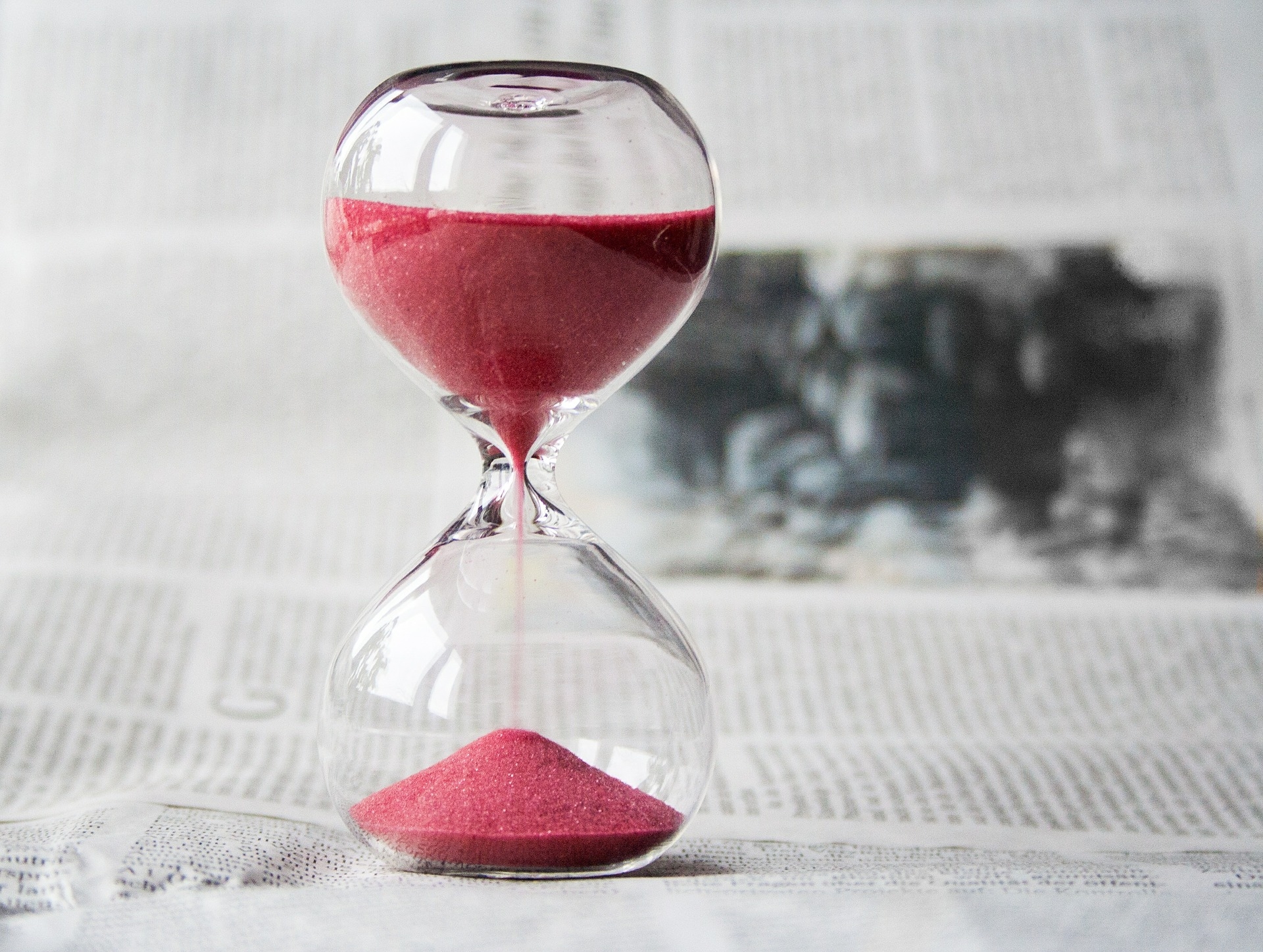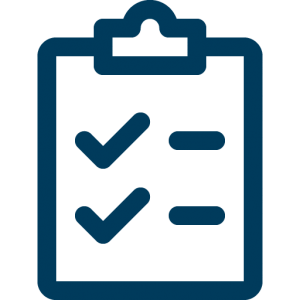— March 29, 2019
I love productivity. I know that’s probably a strange thing to say, but productivity and leadership are two subjects that I just never feel I can learn enough about. In fact, I’ve often joked that if I actually did things in the time I spend learning about productivity, I would be much more productive.
My studies have made me a quasi-expert in productivity. This allows me to speak to students on the topic and help them become their most productive selves.
Students aren’t just whining about being busy. For active students, like the student journalists I engage with most often, college is one of the busiest times of their lives. Their busyness often leaves them feeling overwhelmed and like they’re drowning in their to dos.
The first thing I tackle when speaking to students about productivity is the concept of “time management.” Time management is impossible. You cannot manage time, you can only manage how you spend the 24 hours you get in each day. This is the concept of productivity.
Journalists are notoriously bad at math, but I love the way one of my favorite productivity experts, Laura Vanderkam, breaks down the concept of time super practically in her book 168 Hours: You Have More Time Than You Think. Stick with me for just a second while we discuss Vanderkam’s math.
There are 168 hours in every week. If you sleep eight hours a night (56 hours a week) and work 50 hours a week (most people work more like 35-43 hours a week), you still have 62 hours a week to do other things, according to Vanderkam.
Most college students are astounded by this number because they aren’t sleeping eight hours a night and they certainly don’t feel like they have 62 hours of “free” time each week.
Most college students probably do work 50 hours or more a week because they have classes, homework and non-academic jobs, but that stills leaves 62 hours and plenty of time for sleep.
So, what the heck? Where is that time going? Figuring this out is the first step to productivity. Here are the steps I’ve learned to apply to become your most productive self:

Step 1: Determine how you’re spending your time
You cannot use your time more effectively unless you know how you’re spending it, so it’s necessary to spend at least a week tracking your time. Your time log doesn’t have to be exact to give you some idea of how your time is spent. You can do this with a paper time log or with an app. I use the Hours app.
As you’re tracking your time, remember that there’s no such thing as a “typical day” or a “typical week.” Just track where you are. That being said, I probably would not track Spring Break or a week like that because those off times are atypical.
Step 2: Recognize waste
Once you know how you’re spending your time, you can recognize where you’re wasting it. Wasted time is NOT time that you don’t spend the way others think you should. Wasted time is time that you feel you’re not using well.
For example, the average person watched four hours of television a day. I’m not a big TV watcher, so I see this as wasted time. However, my husband watches TV in the evening to relax from a long day at a stressful job running a company. For him, this relaxation time is critical for his well being, therefore, it’s not wasted time, it’s self care.
It’s ok if you’re spending four hours every Thursday night at the bar with your friends as long as you’re making the choice to spend your time that way. What you can’t do is spend your time unintentionally and then complain about how you “don’t have time” to do the things that are important to you. You have them time, you’re choosing to use it in other ways.
Step 3: Write it down
Once you know the ways you’re using your time, good and bad, you need to think about how you want to spend your time. What does productivity look like to you?
Write down your goals, then schedule time for the things that are most important to you.
How do you know if something is important? Ask if it furthers your goals. If it doesn’t, cut it out.
When it comes to those things that are important to you, schedule them, then guard the time as you would an appointment with someone else. For example, if you want to make sure you exercise for an hour each day, put in on your calendar, then refuse to schedule other things at that time. Simply say “I’m not available.” Don’t forget to schedule your writing time this way!
Step 4: Say “yes” and “no”
Question the purpose of everything you put on your schedule or on your to do list. Is it leading you closer to your goals? Does this activity bring you joy? If not, don’t do it.
My favorite quote from productivity expert David Allen is “You can do anything, but you can’t do everything.” Remember this when you’re planning your schedule. You have to say “no” to a lot of little things so that you can say “yes” to the things that really matter to you.
When it comes to saying “yes” and “no” I encourage you to stop agreeing to things you hate. For example, I don’t enjoy activities that require the forced eating of cake. You know, activities like weddings, baby showers, bridal showers, or birthday parties. I just say “no” to these activities because I don’t enjoy them and they take time away from things that are important to me or that I do enjoy. Don’t make an excuse. Just say “No, I’m not available,” then send a nice gift. No one will care that you weren’t there.
Step 5: Use the best tools
You can waste a lot of time trying to find the best productivity tools. Here’s a protip: The tools themselves don’t make you productive, actively doing things does.
Figure out the productivity method that works for you, then stick with it. Try new tools only if the ones you’re using aren’t working for you.
Step 6: Learn
I study productivity because I find it fun and interesting. I’m not encouraging you to spend a ton of time studying productivity because that might not be a good use of time for you, but don’t be afraid to learn more (perhaps through blogs, podcasts or books) about how to get more from your life and feel more accomplished.
Step 7: Theme days
A common productivity method is to do certain types of tasks on certain days. For example, Monday is the day I teach. Tuesday is the day I write. Wednesday is when I shoot video, and so on.
My schedule has never worked for themed days, but I certainly theme parts of days. For example, I do research on Tuesday mornings. I do the grocery shopping on Sunday.
You may not be able to theme entire days, but scheduling a block of time each week to do a certain activity may be helpful.
When scheduling, don’t forget to put limits around you work. No one will say “You’re a really good student journalist. You should leave the newsroom.” Instead, you should make a rule that, for example, unless all hell breaks loose, you don’t work on Wednesdays (or whatever the case).
Step 8: Identify your energy time
Identify the time when you have the most energy and are the most focused, then schedule your more complex tasks during that time.
I am not necessarily a morning person. I love sleep and my bed is my favorite place in the world. Getting from the bed to the shower is my greatest daily accomplishment. But, once I do that, I am wide awake and ready to take on the day. This post-shower and post-coffee morning time is when I am the most focused. I would be silly to spend it responding to emails. Instead I write, teach or research during that time, then answer emails or commute at about 2 p.m. when I have an afternoon slump.
Just identifying your most productive part of the day and taking full advantage of it can drastically change your productivity levels.
Step 9: Regroup
We all have days or even weeks when we just aren’t as productive as we should be. Stuff happens. Don’t beat yourself up when you have an off time. Regroup as quickly as you can and get back to your normal productive habits. Adjust as necessary.
My best advice is to just try not to have more than one consecutive unproductive day.
You will become more productive if you follow these steps. However, since your schedule changes every semester and is altered drastically each academic year, you will need to repeat them at different times in your life. Notice you’re struggling with productivity? Repeat these steps and rediscover a more productive you.
Business & Finance Articles on Business 2 Community
(57)






